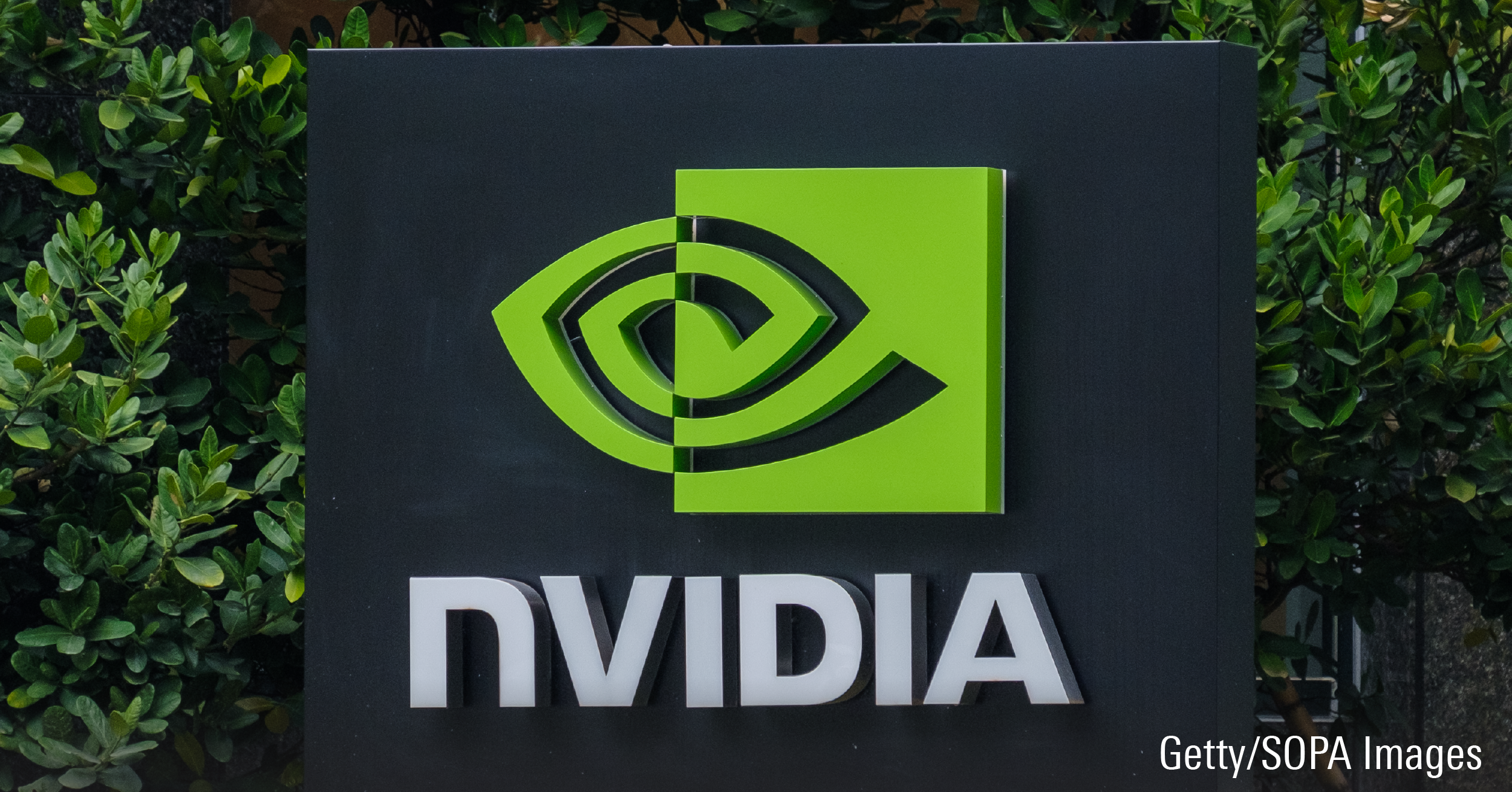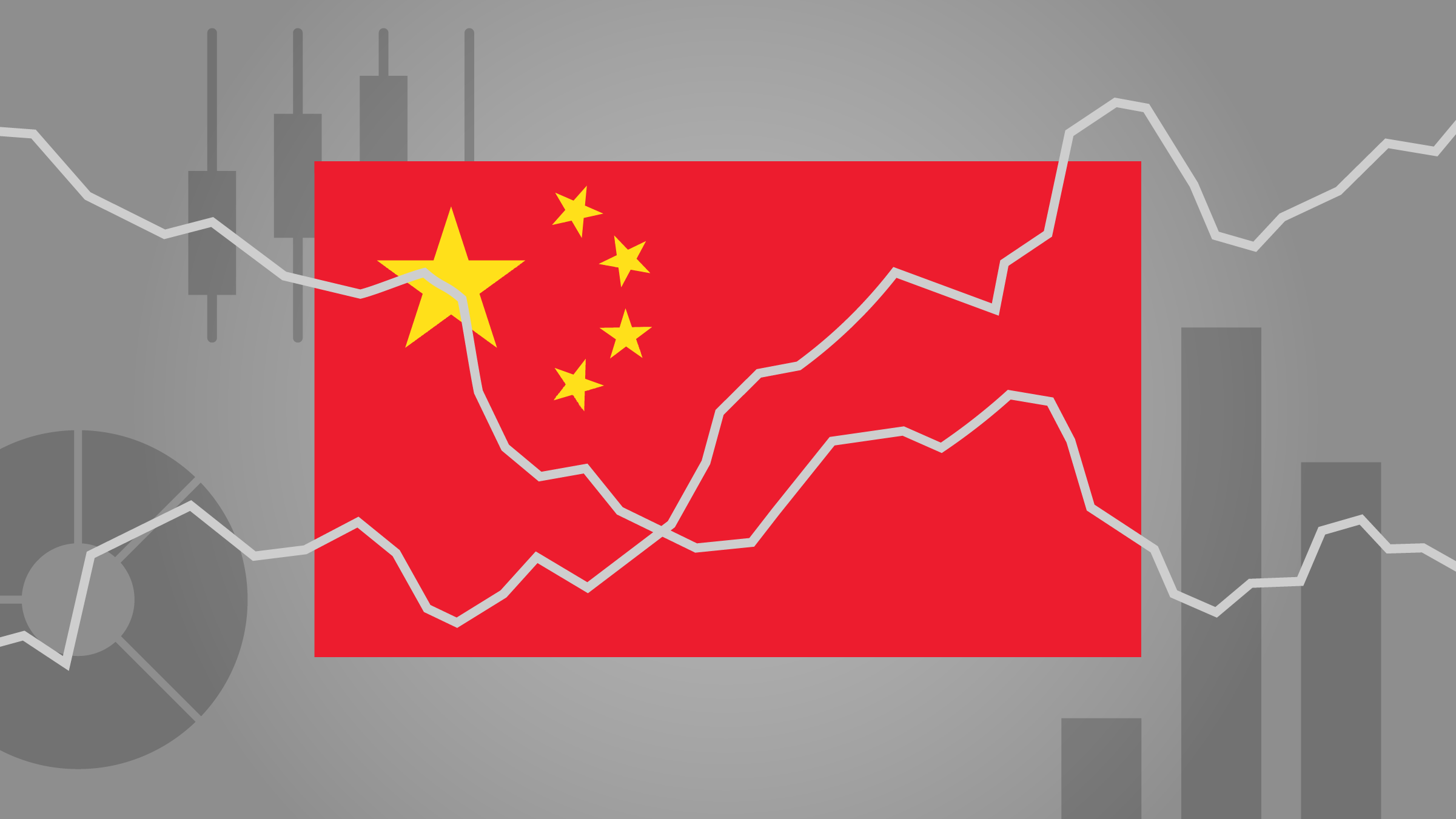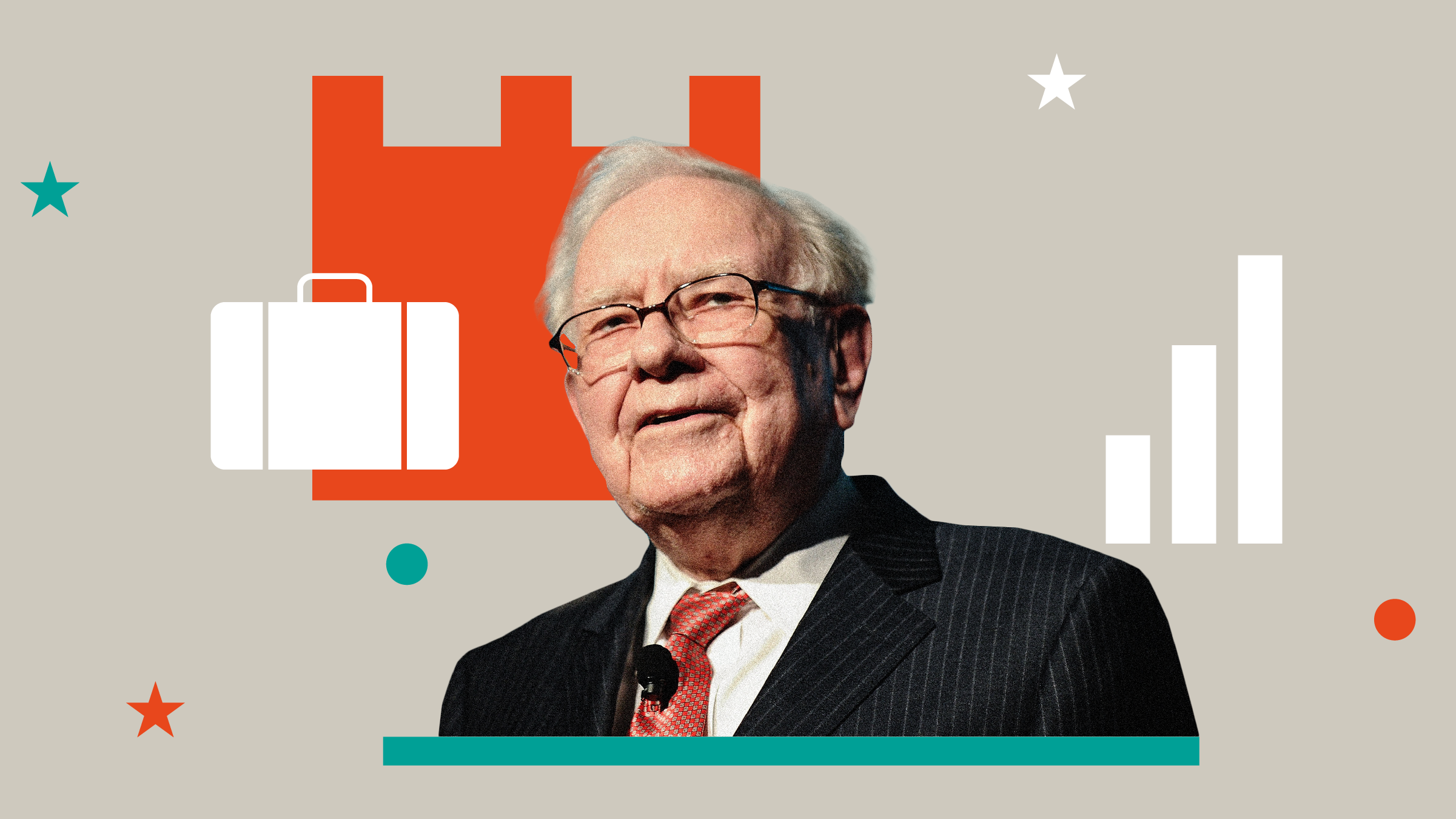Jeremy Glaser: For Morningstar, I'm Jeremy Glaser. Are China's woes starting to impact global growth? Many organizations think so. I'm here today with Bob Johnson--he's our director of economic analysis--to look at a recent report and get his take.
Bob, thanks for joining me today.
Bob Johnson: Great to be here today.
Glaser: Welcome back from sabbatical.
Johnson: Thank you so much.
Glaser: And you were greeted by a report from the OECD that says that global growth is set to slow in 2015. What did that report show? Why do they think growth is slowing so much?
Johnson: First of all, let's talk about the growth rate. In 2014, according to the OECD report, the world economy grew at 3.3%. They are now saying that 2015 will be substantially slower at 2.9%, which is also lower than their previous forecast of 3%. Then, for 2016, they are projecting the economy will grow at 3.3%--also slightly slower than they had previously forecast. So, they're clearly seeing 2015 as kind of a pivot year and then better luck in 2016.
Glaser: What's driving this slowdown? Is it emerging markets? Is it developed markets? Who is slowing the most?
Johnson: It was probably more about trade than anything else. Certainly, China has slowed by country from what they had been growing, but not dramatically so. And the projections for 2016 are only slightly slower than in 2015. So, they are not seeing the big China slowdown that some people are projecting. But clearly, China is weighing on a lot of the data, and we could talk about the trade part of it in particular.
<TRANSCRIPT>
Glaser: Let's look at that, then. Is global trade slowing?
Johnson: I think that was one of the things that really has the OECD people scared, and it was kind of a different take from that of the IMF and World Bank people who also do these kinds of projections. They said that world trade was not wonderful in 2014, at 3.4% growth. But are projecting it will drop at 2% in 2015. That's quite a slowing, and trade that slow is generally associated with periods of recession. And trade is usually a good thing because countries specialize in what they are good in, you are going to have higher productivity, and you've got more avenues for growth for your country.
So, world trade is often a pretty good proxy for GDP growth overall. So, clearly, they are very disappointed at OECD about what's happening with trade. And by the way, the developed-markets trade is still pretty good--it flows there are at a 4% growth rate. But if you look at non-OECD--the more emerging-markets-oriented type of countries--the trade is down by a couple of percentage points in 2015. So, that's what's really weighing on it. And why is that? That's because China is not only slowing in terms of their growth rate, which is important in and of itself, but very much shifting where that growth is coming from.
They are more focused on services, more focused on consumer consumption, and less on infrastructure. They need fewer raw materials. So, a big part of that trade slowing has to do with commodities markets, and anybody related to commodities markets--either by country or by company--is really being strongly affected by this. That's what's really pulling this number down, as China shifts its direction.
Glaser: So, China is causing that slowdown. Does the OECD have any policy prescriptions or any ideas of what could actually help turn this around, short of China trying to grow at its previous rate?
Johnson: They have a couple of ideas. Certainly, one is more about maintaining the status quo, and by that they mean we need a pretty liberal monetary policy, given the slow overall growth rate. I think they have been relatively consistent with that. So, that's nothing really new or unexpected. The new part of the prescription--and we've heard this a little bit before--is that with interest rates so low, perhaps government should consider investing in infrastructure right now. Businesses have been a bit reluctant to spend. We've got slow growth to begin with, and you've got high productivity. They don't need to add a lot of new plant. So, investment spending has been a little slower than we've usually seen, and they suggest to offset that a bit with some government-infrastructure spending--on airports or rails or whatever might help the economy along. And furthermore, the returns on infrastructure spending would be more than offset by future returns, and that now is the time for countries to strike, so to speak.
Glaser: If that's their prescription, though, does it seem likely that any governments or certain regions would actually do that?
Johnson: Well, that's a very interesting question. I think that we're seeing some markets more willing to do it than others; but clearly, even here in the U.S., we'd all love to do more infrastructure building, but the question is how do we finance it in the short run and get past the deficit concerns. That's really kind of a key question. I think there will be more room for infrastructure spending; we're going to hear more about that in the years ahead. But I think that may be a partial answer to the problems that we have today.
Glaser: Bob, I certainly appreciate your analysis of this report.
Johnson: Thank you.
Glaser: For Morningstar, I'm Jeremy Glaser. Thanks for watching.






















